Palace Façade in Assyrian Relief
Iron Age II, 8th Century BCE
Image

Engage with this Source
Related Guide
Provenance and Dating of Artifacts from the Biblical Period
Biblical Period
Artifacts help historians reconstruct the past, using layers of excavation to establish the chronology of the sites they excavate.
Related Guide
Palaces and Houses in the Biblical Period
Biblical Period
Ancient Israelites lived in houses that often followed the “four-room” or “pillared” style, whereas palaces were more ornate and made from finer materials.
You may also like
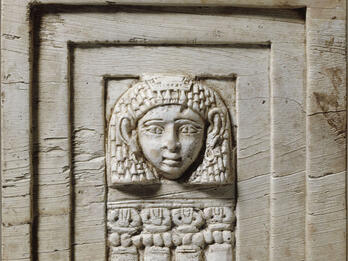
Ivory Relief of a Woman at a Window
Ivory relief of a woman at a window, Arslan Tash, Syria, ninth–eighth century BCE.
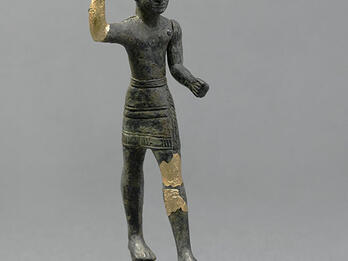
Figurine of Male Deity
Figurine of Male Deity, Ugarit, Late Bronze Age, 1550 to 1200 BCE. Seven and a half inches tall (19 cm), this figurine probably once brandished a weapon in its raised hand. It is identifiable as a…
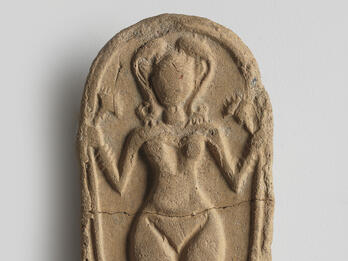
Figurine of Female Deity
Figurine of female deity, Tel Batash, 14th century BCE. Similar plaque figurines of naked women, often with breasts and genitals emphasized or with pregnant bellies, were very common in the ancient…
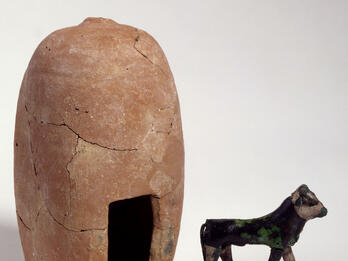
Figurine of Calf and Shrine
Figurine of calf and shrine, Ashkelon, 1600 to 1550 BCE. Some of the non-anthropomorphic figurines found at Israelite sites had religious significance, especially model shrines (such as the Model…
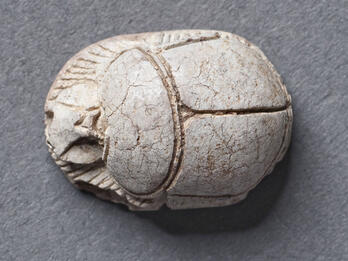
Scarab-shaped Seal
Scarab-shaped seal, Achziv, Iron Age IIC (732/701–586 BCE). Seals were used as stamps to impress images and/or words onto clay objects. They were often perforated so they could be suspended from cords…
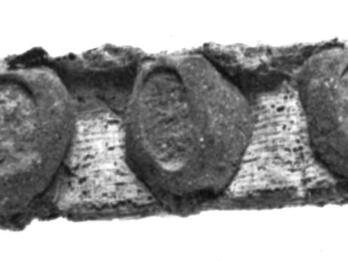
Papyrus, Rolled and Sealed
Papyrus, rolled and sealed, Samaria, 4th century BCE. This legal document had multiple seals affixed to it, apparently from different individuals (see the translation of this document, Slave Sale)…

